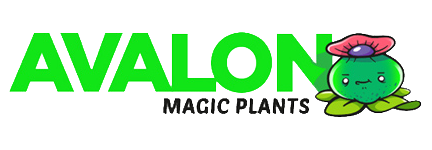People often casually compare the effects of psychedelics like magic mushrooms, truffles, mescaline, DMT and LSD to dreams. But what if we can also link a scientific explanation to that equation? That's exactly what Enzo Tagliazucchi, a neuroscientist at the University of Buenos Aires in Argentina, has done.
“Comparing the subjective experience of a hallucinogen to some aspect of neurochemistry could help explain how the brain spontaneously generates dreams”
Dreamlike state
The use of hallucinogenic substances really puts people in a dream-like state, the research shows. The way people talk about dreams was statistically similar to the way people talk about the effects of psychedelics, including LSD (lysergic acid diethylamide), magic mushrooms (psilocybin ) or peyote (mescaline).
Of all these, LSD is the drug most likely to induce a lucid dream-like state, a type of dream in which the dreamer knows he or she is dreaming and can often control his or her actions, the study said. Comparing the subjective experience of a hallucinogen to some aspect of neurochemistry could help explain how the brain spontaneously generates dreams, Tagliazucchi said in a statement.
Also Read: Is the psychedelic revolution finally here?
More than anecdotes
 But to compare dreams and drugs analytically, anecdotes are not enough. This is why Tagliazucchi and his colleagues looked for two massive online repositories of experiences from both. They did this on Erowid.org, a site where people can report their experiences with various illegal substances, and dreamjournal.net, which has more than 200,000 dream reports, often including whether the dreams were clear or not.
But to compare dreams and drugs analytically, anecdotes are not enough. This is why Tagliazucchi and his colleagues looked for two massive online repositories of experiences from both. They did this on Erowid.org, a site where people can report their experiences with various illegal substances, and dreamjournal.net, which has more than 200,000 dream reports, often including whether the dreams were clear or not.
Their discoveries were interesting to say the least. They found that the top 20 substances that resulted in most dream-like experiences were all hallucinogens except for two: THC (the active ingredient in marijuana) and MDMA (a stimulant found in ecstasy pills). The 20 substances that produced experiences that were the least like dreams were mostly tranquilizers, stimulants, antipsychotics and antidepressants, the researchers reported.
In both dreams and during psychedelic trips, people describe visual hallucinations, ranging from mild distortions, such as colorful trails trailing behind moving objects, to full-blown complex images, Tagliazucchi said. People also reported a sense of unreality and separation from their bodies, or in both cases losing their sense of self-worth and sense of being one with the world.
Also Read: Could one specific shroom change the future of magic mushrooms?
Less complex
Some of the similarities and differences likely reflect how psychedelics act on the brain and how dreams are formed, Tagliazucchi said. Psychedelic images tend to be less complex than dream images, and people don't always know they are dreaming, while they typically understand that they are having a psychedelic experience, he said. This may be due to the fact that the neurotransmitter serotonin is not produced during dream states, Tagliazucchi said. In contrast, psychedelics mimic serotonin and act almost like the neurotransmitter, perhaps creating the almost dreamlike state of a psychedelic experience.











